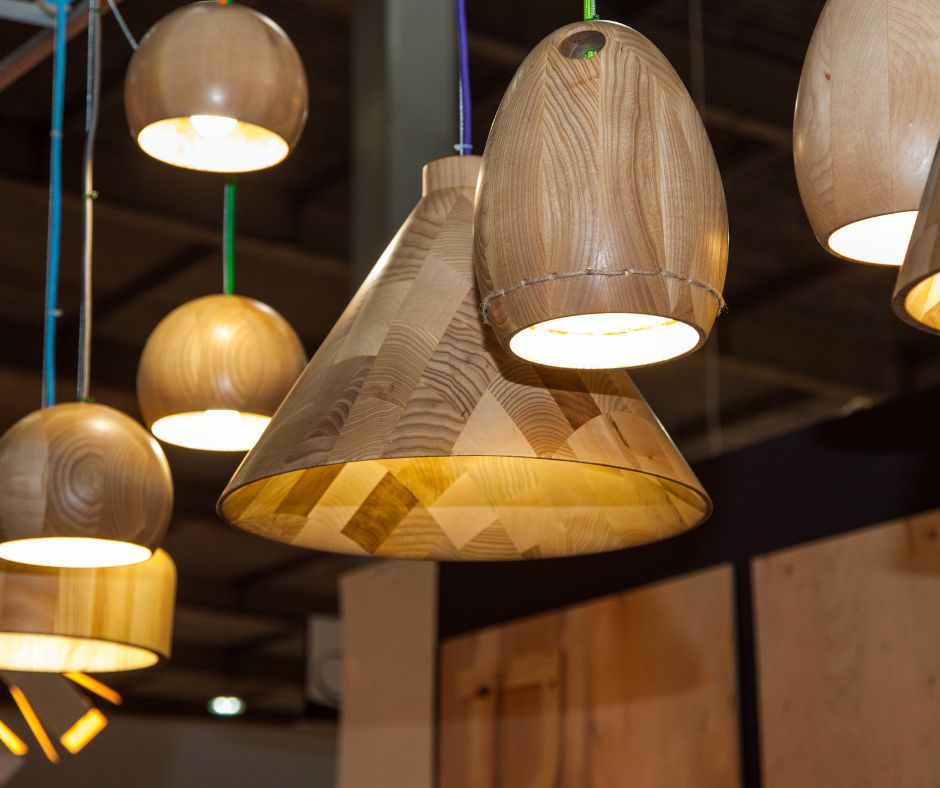
Risk Assessment Unleashed: Empowering Businesses with Our Cutting-Edge Software
Effectively managing risks is crucial for the success and sustainability of any organisation. Recognising this
Health and Safety Software » Health and Safety » Illuminating Safety – Home Lighting Installation Safety Guidelines

However, the seemingly simple task of installing lighting fixtures can harbour hidden hazards if not approached with proper care and attention to safety protocols. Home lighting installation companies bear a significant responsibility in ensuring the well-being of their employees and safeguarding the homes they work in.
Electrical Hazards
Fall Hazards
Material Handling and Storage
General Safety Precautions
Fostering a Culture of Safety
Building a culture of safety extends beyond following regulations and procedures; it encompasses fostering a shared responsibility for safety among all employees. Home lighting installation companies can cultivate this culture by providing comprehensive safety training, encouraging open communication, empowering employees to make safety decisions and regularly reviewing safety policies and procedures.
In the illuminating world of home lighting, safety should never be dimmed.
Arrange your demonstration
Let us show you how we can transform your compliance management
Choose a date and time for your demo (no obligation) and we will be in touch.

Effectively managing risks is crucial for the success and sustainability of any organisation. Recognising this

Artisan Environmental recently marked two decades of delivering specialist asbestos consultancy, inspection and health &

iCertifyU is an App which provides free eLearning for everyone, whether you are an employee,

According to recent research, almost half of UK tradespeople view asbestos as a problem of

31st October 2025 represents the deadline for organisations to transition their Information Security Management System

According to a recent head protection survey, only 15% of workers who should be wearing